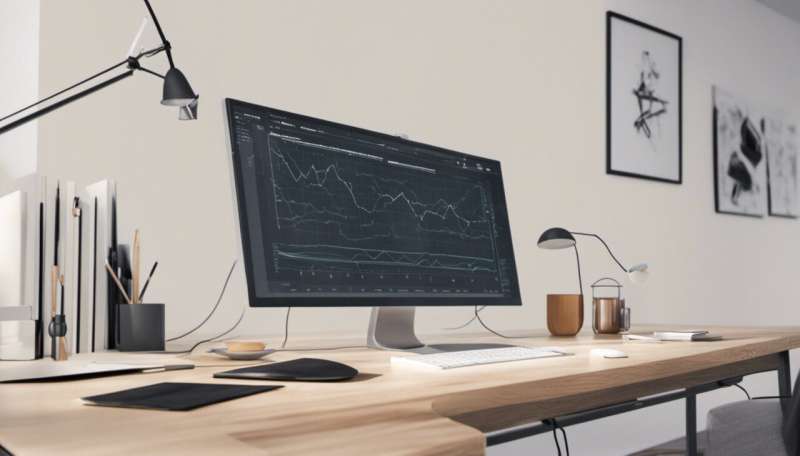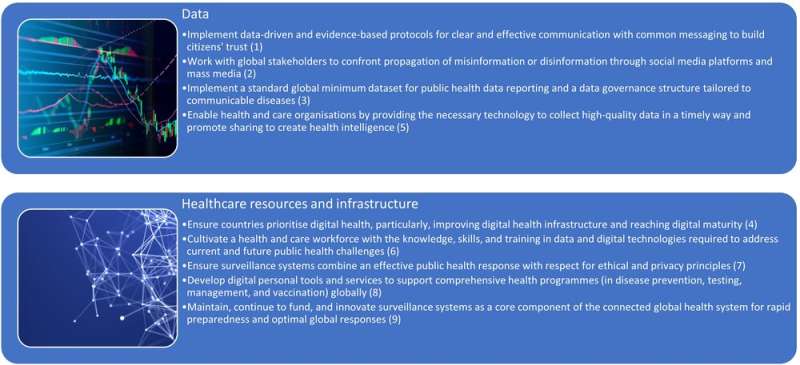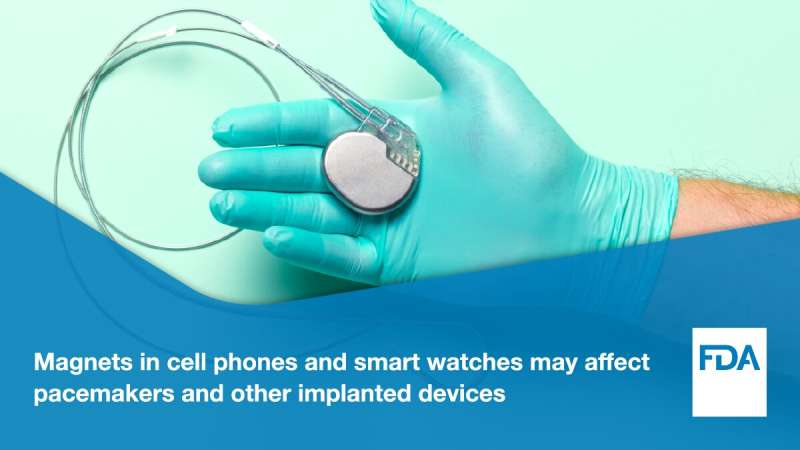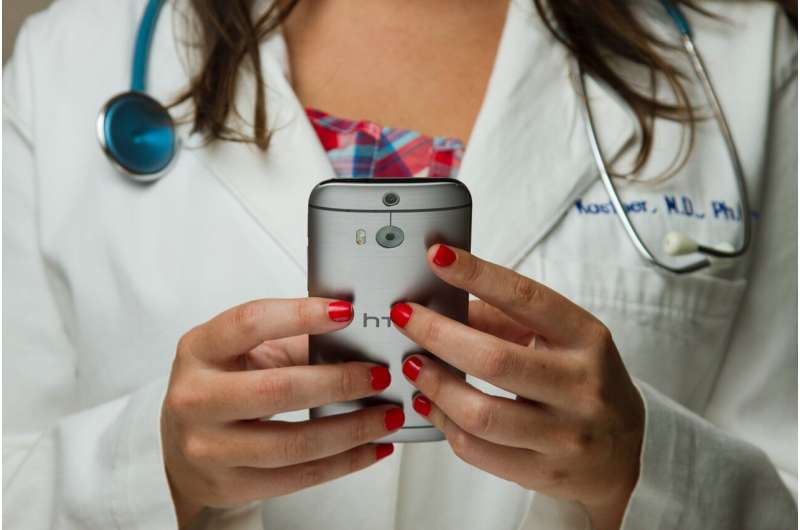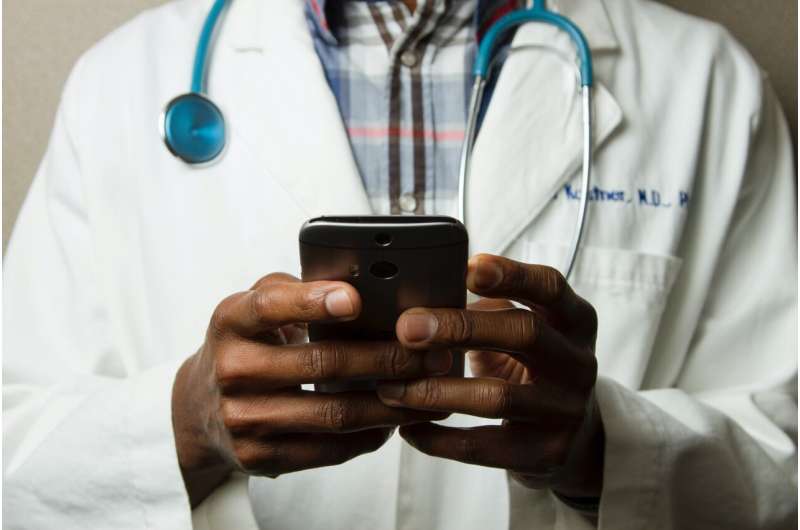New report reveals hopes and resilience of older adults through COVID
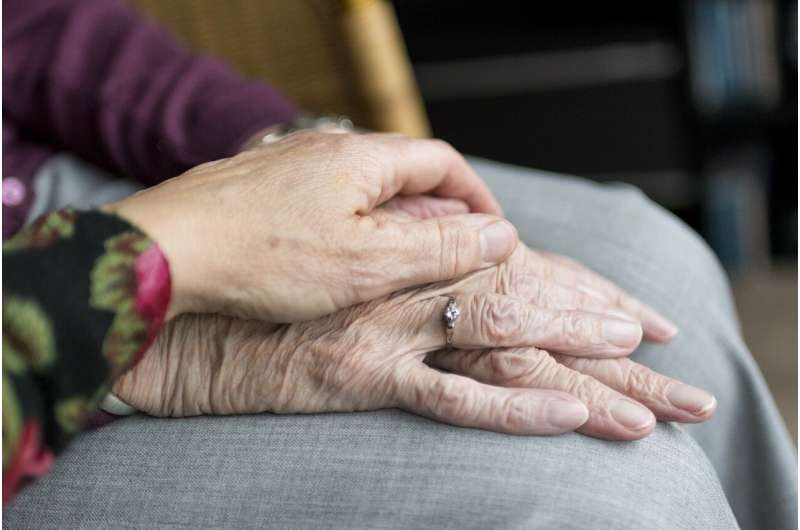
Researchers at the Irish Longitudinal Study on Aging (TILDA) at Trinity have released a new report which offers fresh insight into how older adults grappled with the COVID crisis during the first wave of the public health emergency (July—October 2020). The report, In Their Own Words: The Voices of Older Irish People in the COVID-19 Pandemic, surveys 4,000 participants from TILDA's nationally representative group of people aged 60 and over in Ireland, recording first-hand accounts of their experiences. The contributions in the report reveal the impact of COVID-19 and diversity of experiences, showing the challenges faced by older people in Ireland but also recording their hopes, determination and resilience during the first wave of the pandemic.
26 aug 2021--Since the COVID-19 pandemic was declared a global health crisis by the World Health Organisation in 2019, older adults have carried the greatest risk and burden of serious infection and ill-health from the virus. Globally, over 95% of COVID-19 related deaths occurred among those over 70, in Ireland, 93% of COVID-19 deaths were comprised of adults over 70. As a consequence of public health restrictions including national lockdowns, many people struggled with the abrupt disruption to everyday routines, social outlets and activities. In a previous TILDA COVID-19 report of adults over 60, 29% reported high stress levels, while 21% reported depressive symptoms.
What does the report reveal?
In this new report, TILDA participants tell of the impact of COVID-19 "in their own words," so we hear the voices of those most affected by policy restrictions. One of the dominant themes of the report is social isolation. Many participants were deeply impacted by restrictions, reporting heightened feelings of loneliness, isolation, a lost sense of dignity and challenges ensuing from the enforced restrictions in social contact. However, many also shared coping strategies, demonstrating remarkable resilience throughout; they speak of maintaining a positive outlook, optimism and a sense of gratitude while adapting to public health measures. The research shows how these positive dispositions served as coping strategies to help maintain respondents' wellbeing in challenging circumstances. The study also reveals the adaptability of older adults, with many developing new skills and hobbies, using the events of lockdown to engage with new activities.
Key findings
- 20% indicated a capacity to cope or demonstrated resilience to the challenges of the pandemic.
- 20% referred to increased feelings of social isolation or loneliness. Participants regularly voiced that their greatest challenge was coping with the loneliness which was brought with the pandemic.
- Some participants commented on their frustration at feeling neglected and disregarded by the media or public health commentators; dislike of the word "cocooning" was frequently expressed.
- 55% referred to hope and optimism for the future when asked what they most looked forward to once the pandemic had ended.
- Most participants had strong desires and aspirations to meet up with children and grandchildren, as well as other family and friends.
- Many participants who were working at the time of the pandemic discussed the challenges of losing their jobs or experiencing an increase in working hours due to their role as essential workers.
- Many voiced a desire to re-engage with activities suspended due to COVID-19.
- A number of participants commented on their hope to see a more just society emerge once the pandemic had finally ended.
Dr. Mark Ward, senior research fellow at TILDA and lead author, said: "Sixteen months on from the emergence of COVID-19 in Ireland, the negative consequences of the crisis and subsequent impact on the health and wellbeing of older adults is clear. However, thanks to the successful rollout and uptake of the COVID-19 vaccination program, hope and optimism are now returning to the lives of older adults. TILDA's report not only reveals lessons to be learned for the future but offers important insights from the unique experiences and diverse perspectives of older adults impacted by the COVID-19 emergency."
Professor Rose Anne Kenny, principal investigator of TILDA, said: "Not only have older adults been disproportionately impacted by the fallout of the COVID-19 crisis, but the sacrifices they have had to make throughout have been enormous. Disruptions to daily routines, an increasing sense of loneliness, isolation and fear, as well as increased risk of severe illness from the virus are just some of the ways older adults have been deeply impacted. What is most striking in this report is their strong, resilient nature in response to the pandemic. Many have lost friends and loved ones due to COVID-19 and faced a loss of independence, separation from family, and even ageism in the media and in many of the policy initiatives, all of which takes its toll on overall health and wellbeing.
"Indeed, the case is strong for our society to review our attitudes to aging and be alert to covert ageism in how we address or represent older people. What, for example, are the implications of a 'cocooning' policy for those it affects? The covert message may be that the over 70s have less worth than others in society and therefore can be excluded from active participation, despite strong evidence to the contrary from TILDA and many other studies."


